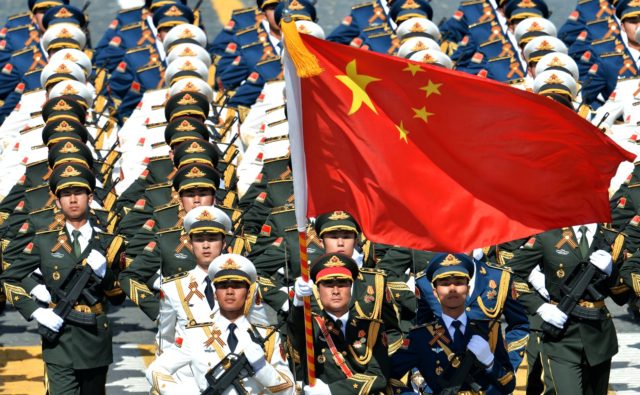By M. A. Aldrich
Most people were not surprised when the Chinese government roundly condemned the Dalai Lama’s visit to Ulaanbaatar in November 2016 as a “splittist” attempt to undermine Mongolia’s respect for Chinese sovereignty. However, it was curious to later read similar denunciations on a website sponsored by monks and lay people that belong to the same monastic order as His Holiness. The criticism could come as a shock for those outsiders who assume that Tibetan Buddhists are united behind the Dalai Lama.
In an article published on December 21, 2016, the website, www.dorjeshugden.com, condemned the Dalai Lama for recklessness at a time when Mongolia was in negotiations for Chinese economic assistance. In a side comment, the article compared Mongolia’s economic crisis to the growing pains attributable to the transition from being “Asia’s next golden child to an awkward binge drinking and debt-ridden teenager with behavioral issues.” After referring to previous Chinese state loans to Mongolia, the article observed that the visit had “dampened the hopes of big brother China coming to Mongolia’s aid again [emphasis added].” The visit had “plunged the Mongolians deeper into despair” because it hindered the prospects of a bail-out by Beijing. The author also claimed that the Dalai Lama showed a selfish indifference to Mongolia’s plight.
In early February, the website carried another article using the same rhetoric as it laid the blame for Mongolia’s economic woes on the doorstep of the Central Tibetan Administration – the Tibet government-in-exile in Dharamsala, India – and its “underhanded political manipulations.” That’s an odd culprit to blame for the fiscal woes of the landlocked Central Asia country. For good measure, the article also took a gratuitous slap at India for its “meager” offer to assist Mongolia with its economic problems.














